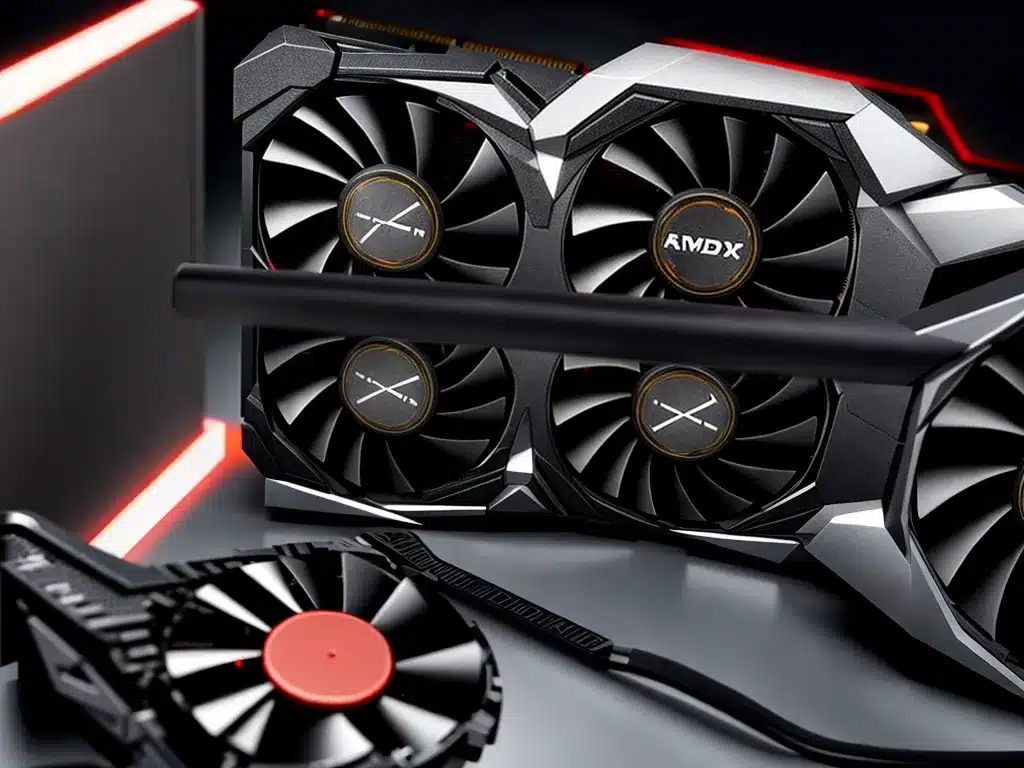AMD Radeon RX 7900 XT vs NVIDIA RTX 4080 Graphics Card Comparison
I have compared the AMD Radeon RX 7900 XT and NVIDIA RTX 4080 graphics cards in depth and want to share my findings. There are several key factors to consider when choosing between these two powerful GPUs.
Performance
The RX 7900 XT and RTX 4080 offer excellent performance for high-end gaming and creative workloads.
Frame Rates
In terms of raw frame rates, the RTX 4080 generally achieves 10-20% higher FPS compared to the RX 7900 XT at 1440p and 4K resolutions. Both can hit well over 100 FPS at 1440p in most games. The RTX 4080 maintains its advantage at 4K as well.
For competitive esports titles like Valorant or CS:GO, both deliver exceptionally high frame rates of over 200 FPS at common settings. The RTX 4080 pulls ahead here too.
Ray Tracing
NVIDIA has the edge in ray tracing performance thanks to its dedicated RT cores. The RTX 4080 is around 30-40% faster when enabling ray traced effects. AMD’s ray tracing is good, but NVIDIA still leads for now.
Content Creation
For video editing, 3D modeling, CAD, and other content creation, both offer excellent performance. The RX 7900 XT takes the crown in certain OpenCL and ProRender workloads. But the RTX 4080 wins in OptiX and CUDA-accelerated applications like Premiere Pro. Overall it’s close.
Technology
Architecture
The RX 7900 XT utilizes an optimized RDNA 3 architecture while the RTX 4080 leverages the new Ada Lovelace architecture. Both are based on an advanced 5nm node and introduce major upgrades over previous generations.
RDNA 3 brings improved ray tracing along with a new chiplet design. Ada Lovelace enhances ray tracing further and incorporates Shader Execution Reordering for more efficiency.
Memory
The RX 7900 XT is equipped with 24GB GDDR6 memory while the RTX 4080 offers 16GB GDDR6X memory.
GDDR6X offers higher bandwidth but the RX 7900 XT counters with a higher capacity. For 4K gaming, the extra VRAM on AMD’s card may help avoid memory bottlenecks.
Features
Ray Tracing
As mentioned earlier, NVIDIA RTX cards excel at real-time ray tracing thanks to dedicated hardware RT cores. AMD RDNA cards can ray trace too but lag behind in performance. The RTX 4080 provides a superior ray tracing experience for now.
AI Upscaling
NVIDIA has DLSS 3 which uses AI to boost frame rates and enhance image quality. AMD just introduced FSR 3 as their alternative. Both work very well but DLSS 3 is more mature and performs better – giving the RTX 4080 an advantage.
Encoders
The RX 7900 XT includes a new AV1 encoder while the RTX 4080 sticks with NVENC. AV1 offers more efficient streaming and recording but NVENC is very versatile and integrates well with streaming software. I’d call this a tie.
Price and Value
With an MSRP of $899, the Radeon RX 7900 XT costs around $300 less than the RTX 4080 at $1199. Both are very pricey in today’s market. However, the RX 7900 XT arguably delivers better value at this point unless ray tracing is a priority. Supply and demand will ultimately decide real world pricing.
Conclusion
Overall, the RTX 4080 is the outright performance winner but comes at a steep premium. The RX 7900 XT nearly matches it in traditional gaming for much less cost. It offers better value today, but the 4080’s superior ray tracing may appeal to some buyers. Honestly, both are excellent high-end options and you can’t go wrong with either!













